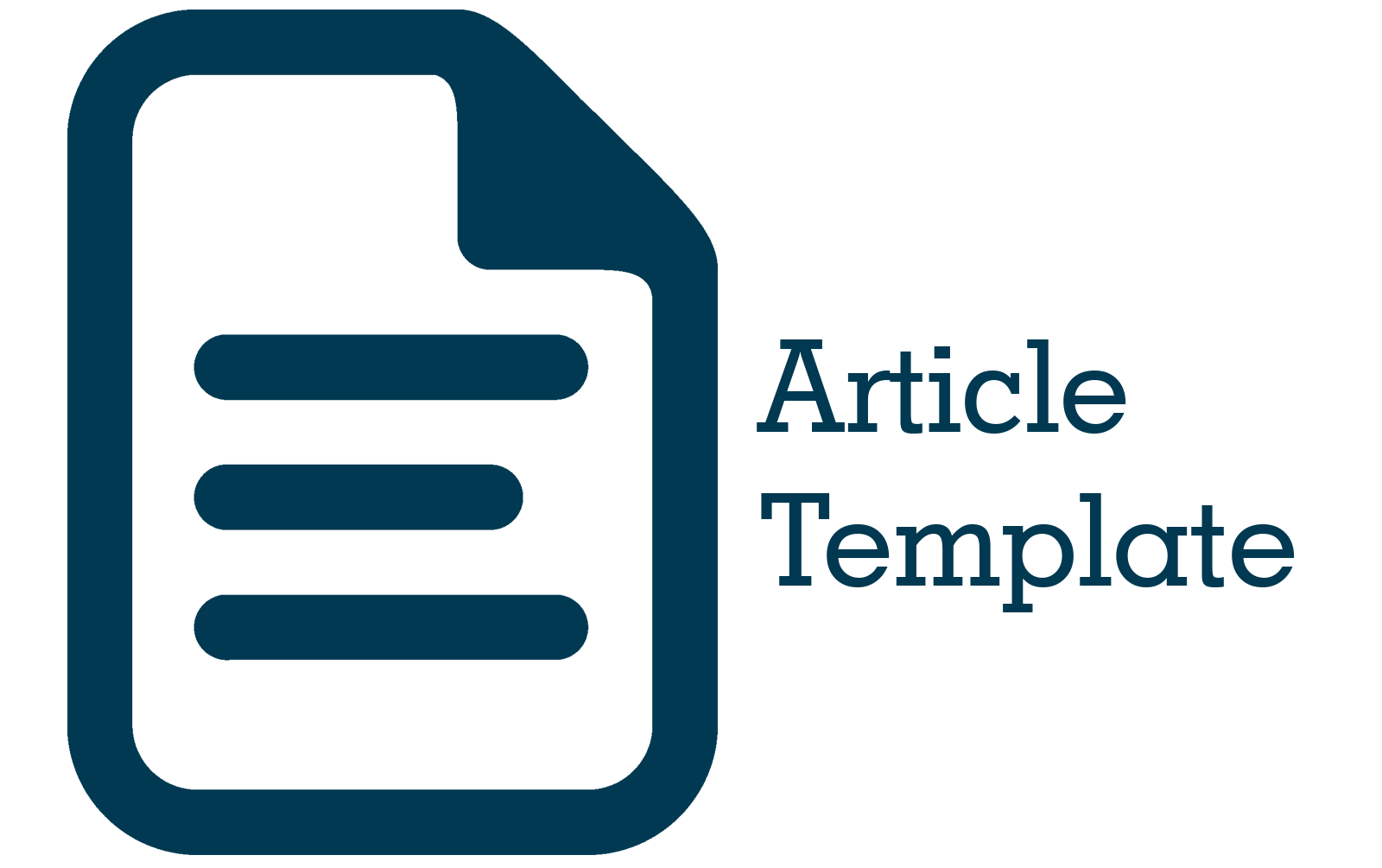Remaining Service Life Struktur Conveyor D pada Tambang Batubara PT XYZ di Kabupaten Tanah Laut, Provinsi Kalimantan Selatan
Abstract
Abstract. Conveyor is a means of transportation that is applied in the mining industry to move mining materials economically and efficiently. The basic material of the conveyor is carbon steel which is susceptible to oxidation due to direct contact with the environment, so that the conveyor structure experiences corrosion. Losses due to corrosion can reduce the equipment's Remaining Service Life. Therefore, it is necessary to control and control corrosion so that the Remaining Service Life can reach its design life. The purpose of this study was to determine the type of corrosion, corrosion control methods, Corrosion Rate and Remaining Service Life of the conveyor structure. The research methodology used is measuring the thickness reduction of the conveyor structure. The actual thickness measurement is carried out on a 90 meter long conveyor structure divided into 3 segments with 25 test points. The thickness measurement carried out is to measure the actual thickness using the Ultrasonic Thickness Gauge TT 130. The environmental conditions in the research area have an average amount of rainfall in 2015 – 2019 of 206.78 mm/year, the average air temperature in 2015-2019 2015 – 2019 was 28.09°C and the average relative humidity in 2015 – 2019 was 78.78%. The type of corrosion that occurs in the conveyor structure is uniform corrosion. The coating method is a corrosion control method carried out on the conveyor structure using a 3 layer system, consisting of a Seaguard 5000 primer coating, Sherglass FF intermediate coating and Aliphatic Acrylic Modified Polyurethane top coating. The corrosion rate of the conveyor structure is 0.1880 – 0.3760 mm/year and based on the relative corrosion resistance of steel, it is categorized as good. The service life of the conveyor structure is 5 years and the Remaining Service Life is 6.36 – 11.65 years. Thus, there are 12 test points or 37.60% which are predicted not to reach the design life of 15 years.
Abstrak. Conveyor adalah alat transportasi yang diaplikasikan dalam industri pertambangan untuk memindahkan material tambang secara ekonomis dan efisien. Bahan dasar conveyor merupakan baja karbon yang rentan mengalami oksidasi akibat kontak langsung dengan lingkungan, sehingga struktur conveyor mengalami peristiwa korosi. Kerugian akibat dari korosi dapat mengurangi Remaining Service Life alat tersebut. Oleh karena itu, perlu dilakukan pengendalian dan pengawasan korosi agar Remaining Service Life dapat mencapai umur desainnya. Tujuan dilakukannya penelitian ini untuk mengetahui jenis korosi, metode pengendalian korosi, Corrosion Rate serta Remaining Service Life struktur conveyor. Metodologi penelitian yang digunakan yaitu pengukuran pengurangan ketebalan struktur conveyor. Pengukuran tebal aktual dilakukan pada struktur conveyor sepanjang 90 meter terbagi menjadi 3 segmen dengan 25 test point. Pengukuran ketebalan yang dilakukan adalah mengukur tebal aktual dengan menggunakan alat Ultrasonic Thickness Gauge TT 130. Kondisi lingkungan di daerah penelitian yaitu memiliki jumlah curah hujan rata-rata pada tahun 2015 – 2019 sebesar 206,78 mm/tahun, temperatur udara rata-rata pada tahun 2015 – 2019 sebesar 28,09°C dan kelembapan relatif rata-rata pada tahun 2015 – 2019 sebesar 78,78%. Jenis korosi yang terjadi pada struktur conveyor adalah korosi merata. Metode coating adalah metode pengendalian korosi yang dilakukan pada struktur conveyor dengan menggunakan sistem 3 layer, terdiri dari primer coating Seaguard 5000, intermediate coating Sherglass FF dan top coating Aliphatic Acrylic Modified Polyurethane. Corrosion rate struktur conveyor yaitu 0,1880 – 0,3760 mm/tahun dan berdasarkan dari ketahanan korosi relatif baja termasuk kategori good. Umur pakai struktur conveyor adalah 5 tahun dan Remaining Service Life yaitu 6,36 – 11,65 tahun. Dengan demikian, terdapat 12 test point atau 37,60% yang diprediksi tidak dapat mencapai umur desain yaitu 15 tahun.











